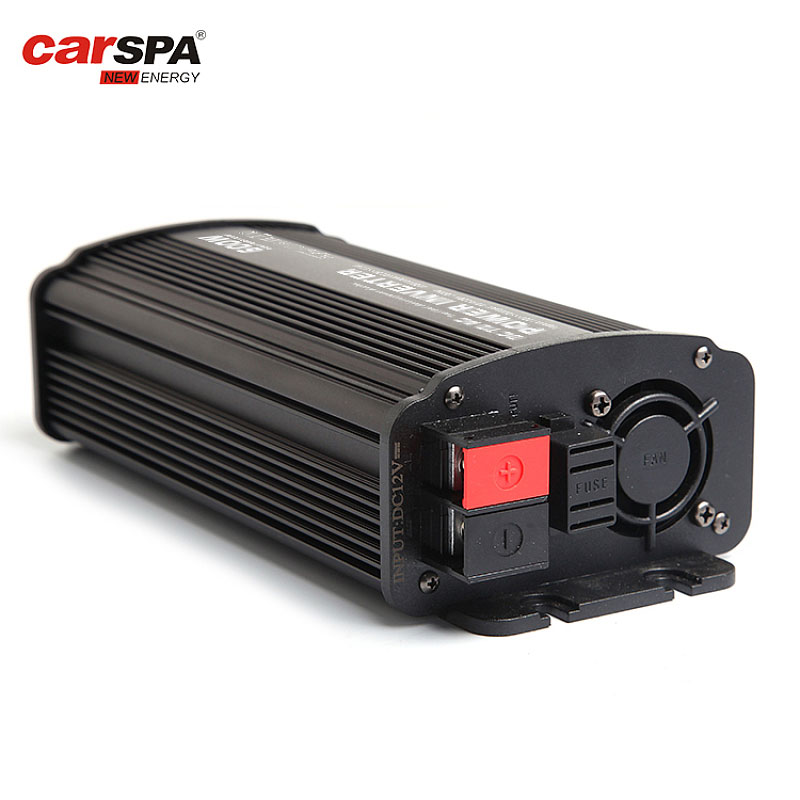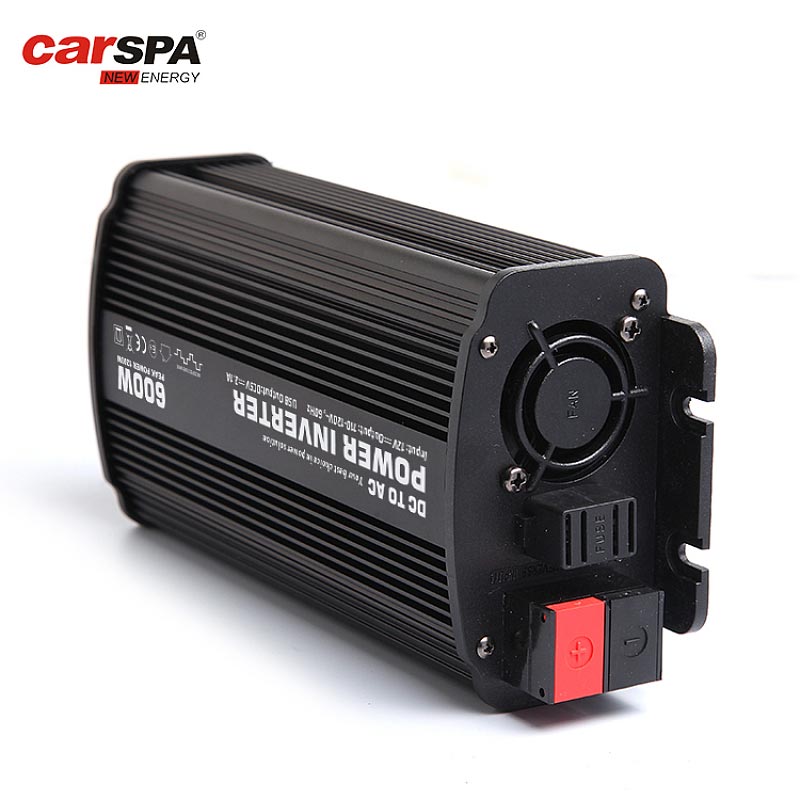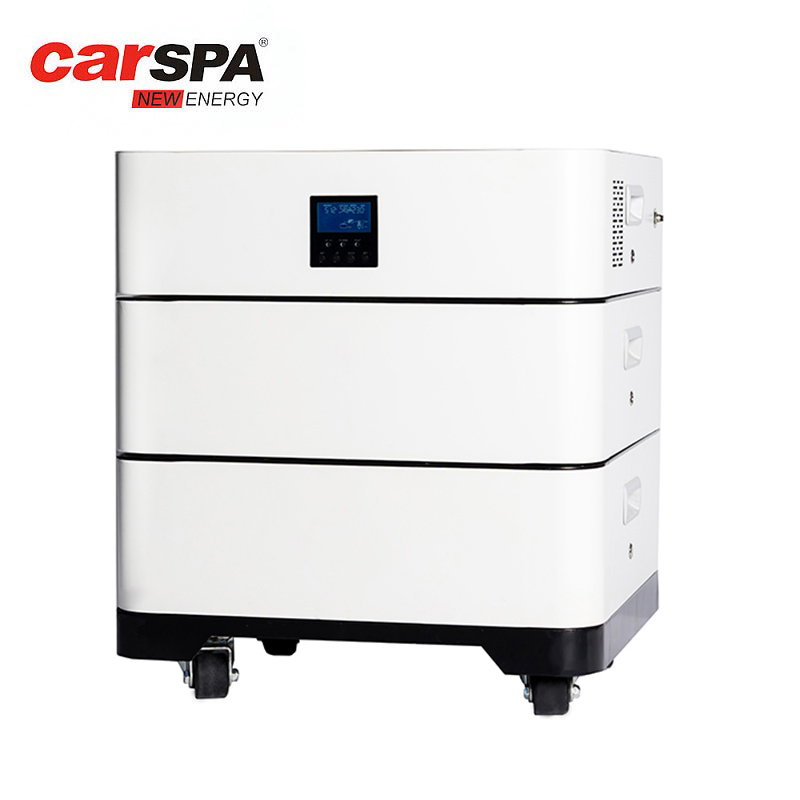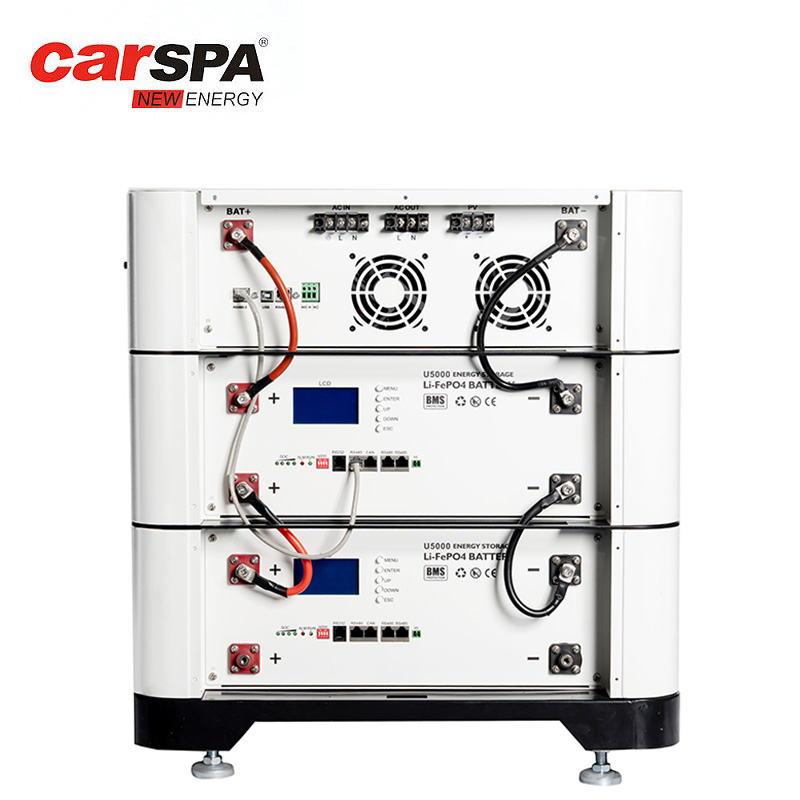Inverters-The Crucial Role in Electric Vehicle Charging Systems
With the rise of electric vehicles, the significance of electric vehicle charging systems has become increasingly apparent. In this system, the inverter plays a crucial role, not only in the charging process for electric vehicles but also in various clean energy applications, driving technological advancements and supporting the transition towards sustainable development.
Basic Principles of the Inverter
An inverter is an electronic device that fundamentally converts direct current (DC) into alternating current (AC) to meet the energy demands of electric vehicles and other clean energy systems. By altering the direction, frequency, and waveform of the electric current, the inverter transforms the stored DC power in batteries into AC power suitable for electric vehicles and other devices.
Components of the Charging System
The charging system for electric vehicles is a complex and coordinated system comprised of several key components, with the inverter at its core. The main components of the charging system include:
-
Power Interface: The starting point of the charging system is the power interface, connecting to the battery system of electric vehicles. Serving as the bridge for electrical input, the power interface channels energy into the charging system.
-
Inverter: As the central component of the charging system, the inverter receives DC power from the power interface. Its role extends beyond converting DC to AC, encompassing precise adjustments of current and voltage, as well as waveform optimization to ensure the output AC aligns with the requirements of electric vehicles and other devices.
-
Charging Controller: The charging controller acts as the intelligent manager of the charging system, monitoring the charging process. It ensures that the inverter outputs the correct current and voltage, adjusting according to battery status and charging needs. The charging controller also manages the charging rate, preventing overcharging or discharging to enhance battery lifespan and safety.
-
Connectors and Cables: Connectors and cables constitute the electrical connections between the inverter and electric vehicles. These components are designed to meet high current and voltage requirements, ensuring safe and efficient energy transfer. The quality of connectors and cables is crucial for system reliability.
-
Charging Sockets and Auxiliary Devices: Charging sockets facilitate the physical connection between electric vehicles and the charging system, usually located at the vehicle's charging port. Auxiliary devices, such as cooling systems and temperature control devices, contribute to system stability and safety during the charging process.
Through the collaborative efforts of these components, the charging system efficiently transfers energy from the power source to electric vehicles, providing a reliable foundation for the sustainable development of electric transportation. The design and performance of this system directly impact the charging efficiency of electric vehicles and user experience, emphasizing the indispensable nature of each component within the entire charging ecosystem.
Detailed Functions of the Inverter
The inverter not only converts DC to AC but also includes the following detailed functions:
-
Current and Voltage Adjustment: The inverter is responsible for precisely adjusting current and voltage to ensure the output AC meets the requirements of electric vehicles and other devices.
-
Waveform Conversion: The inverter ensures the output AC has a high-quality waveform, reducing operational noise in electric vehicle motors and other electrical devices while enhancing system reliability.
-
Frequency Adjustment: The inverter adjusts the frequency of the AC to match the requirements of electric vehicle motors and other electrical devices.
Multiple Uses of the Inverter
The inverter plays a critical role not only in the charging system for electric vehicles but also in various applications across different sectors:
-
Solar Power Generation Systems: In solar photovoltaic power generation systems, the inverter converts the DC generated by solar cells into AC. This conversion is a crucial step for solar systems to inject usable electrical energy into the grid, providing clean energy for homes and businesses.
-
Wind Power Generation Systems: In wind power generation systems, the inverter transforms the DC produced by wind turbines into AC for grid connection or direct supply. The efficient operation of the inverter drives the sustainable development of wind power generation, improving overall efficiency.
-
Emergency Power Systems: The inverter plays a vital role in emergency power systems, converting DC stored in batteries into AC to ensure the normal operation of critical equipment during power outages. This is particularly important for medical devices, communication systems, and critical infrastructure.
-
Electrified Homes and Office Equipment: The inverter enables electrified homes and office equipment to be powered by DC sources, enhancing energy flexibility and intelligent control. From air conditioning to refrigerators, the inverter not only provides clean energy but also brings about a more intelligent and efficient approach to daily living.
-
Power Electronics Equipment: In industrial settings, the inverter is used to control motors and drive variable-frequency air conditioning systems. Its precise power adjustment capabilities make it an essential component in industrial production, improving efficiency and equipment controllability.
The multiple uses of the inverter not only provide technological support for the clean energy sector but also drive energy efficiency improvements and the application of green technology across various industries. As inverter technology continues to innovate, we can expect more widespread and efficient applications of clean energy, propelling society towards a greener and cleaner future.
Outlook on Future Trends
Future trends in inverter technology may include smart control systems, lightweight and compact designs, and higher power density. Through continuous innovation, inverter technology will further drive the widespread application of clean energy in transportation and power sectors, providing robust support for a more sustainable future. Through the diverse applications of inverters, we can more efficiently harness renewable energy, advancing society towards a greener and cleaner direction.
In conclusion, the inverter, as a crucial component of clean energy systems, not only plays a central role in the charging process for electric vehicles but also drives technological advancements in various fields. Its multifunctionality makes the inverter a key force in clean energy and sustainable development, laying a solid foundation for constructing a more environmentally friendly and efficient energy future.





















